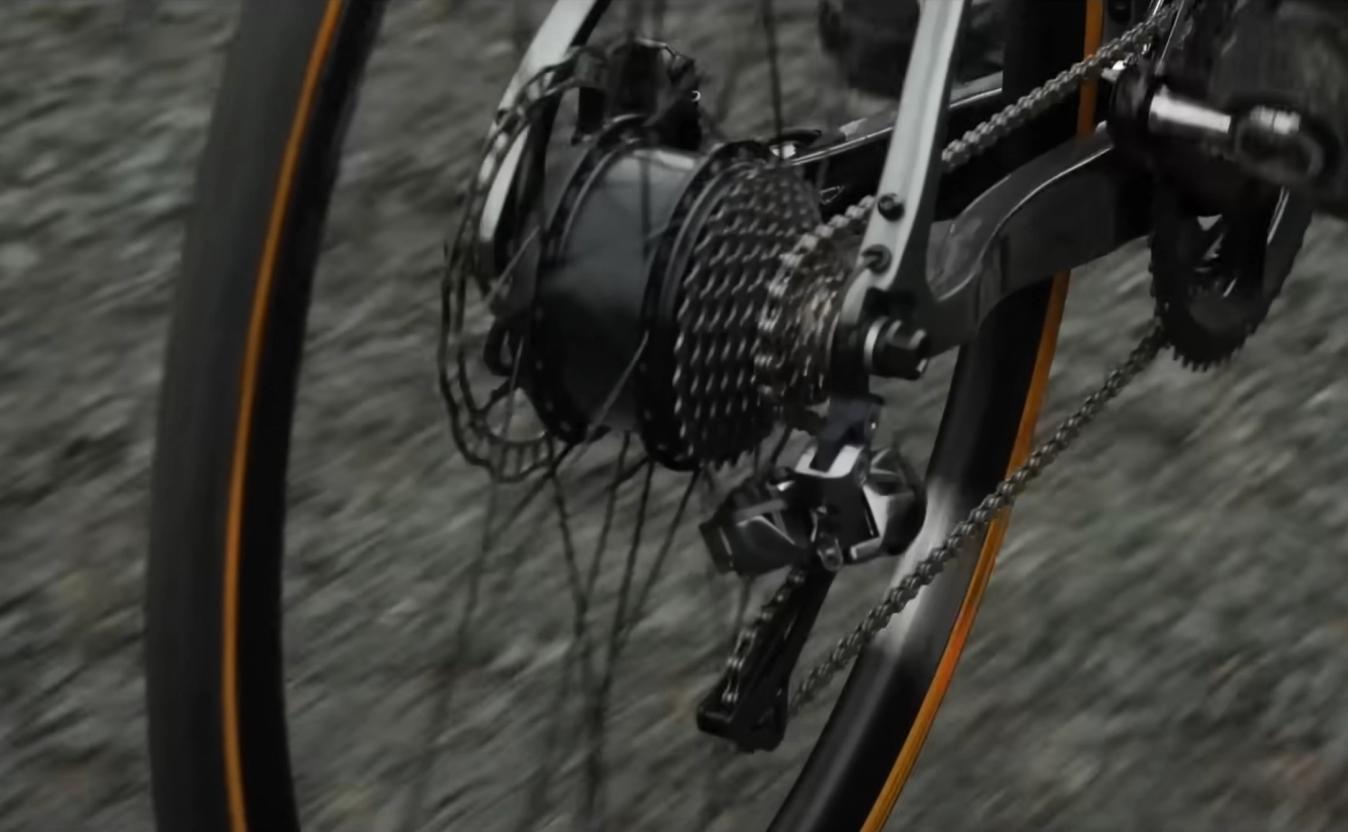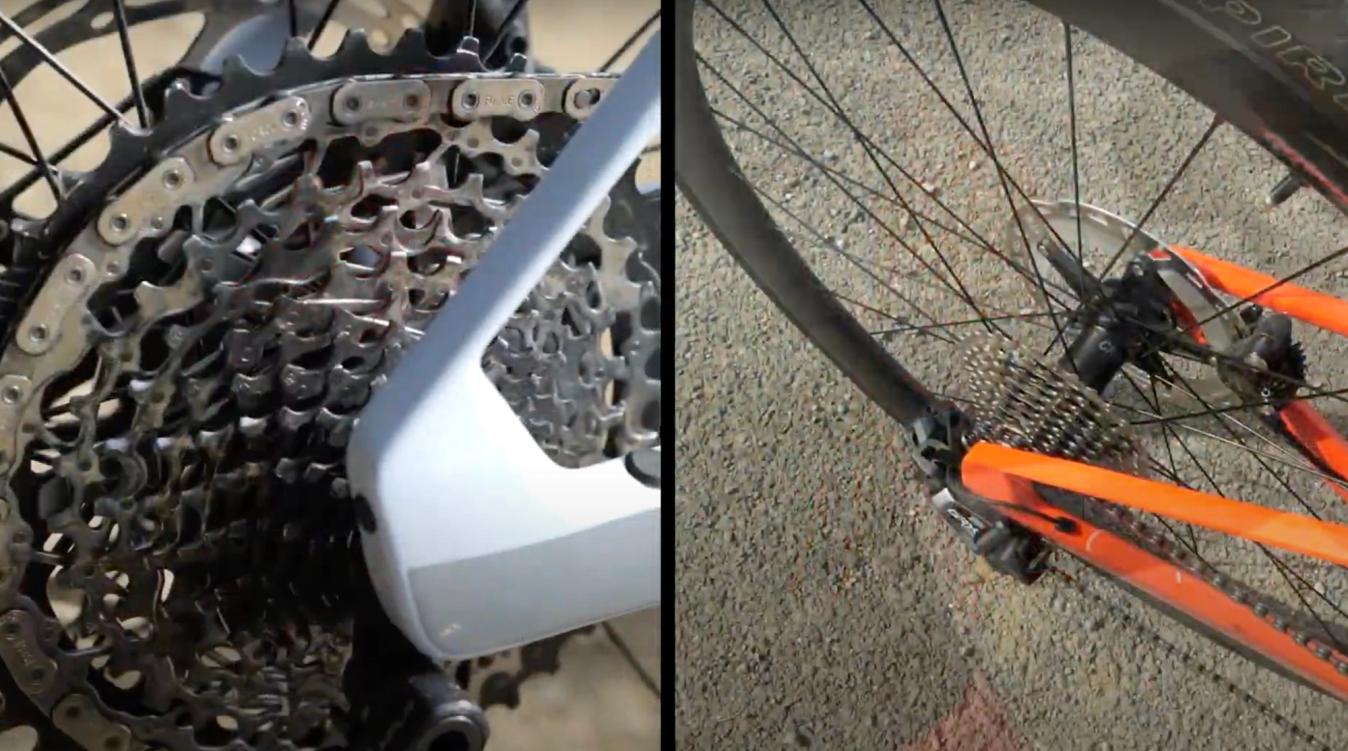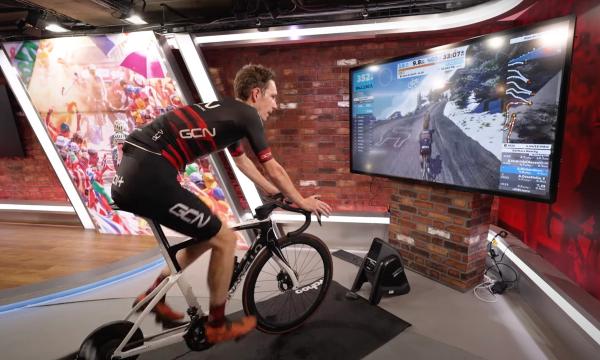Gravel e-bike vs road e-bike: which is best for you?
We look at the key differences and benefits of both types of e-bike to help you make the right choice for your needs
Alex Hunt
Junior Tech Writer
E-bikes, or e-bicycles to give them their full title, have never been more popular. The assistance they can offer makes challenging terrain enjoyable and can open up a whole new world of riding possibilities. The recent boom in e-bikes has seen almost every type of bike have an e-bike counterpart, so how do you choose which is the right sort for you?
E-bikes offer assistance, meaning their motors are only operational while you are pedalling. Although all e-bikes work in roughly the same way in this respect, there are some notable differences in how this is achieved. Ollie Bridgewood and Alex Paton are on the case to find out just what the differences are between e-gravel and e-road bikes to help you decide which might be right for you.
What are the different types of e-bike motors?
There are two main types of motor commonly used in e-bikes: the hub motor and a mid-based motor system that sits around the bottom bracket. These two types can have wildly different characteristics out on the road so it is important to match the system to your needs.
Hub motors
A hub motor typically comes as part of a rear wheel assembly and is the cheaper of the two systems partly due to its simplicity. As a result of their location, hub motors are unable to provide as much power or torque as a mid-based system. Something that hub motors excel at is their ability to be installed, replaced or upgraded as it’s as simple as removing the rear wheel.

© GCN
A hub motor system is built in to the rear wheel of the bike but is limited on how much power it can produce
Mid-based motors
Bikes that use a motor system that is integrated into the frame are considerably more costly than a hub-powered e-bike. This is because of the added design and manufacturing costs associated with nestling a battery and motor within the confines of the frame. As a mid-based motor drives the chain ring it has the advantage of using the mechanical advantage of the bike's drivetrain to offer more torque and typically more power to the rider.

© GCN
Mid-based motors are often a neater solution with more powerful motors however, this does come at an increased cost
Due to the location of the added mass associated with a mid-based e-bike system, they can improve the handling and ride characteristics of the bike as they lower the centre of gravity on the bike.
Our e-bike head-to-head
To keep things as comparable as possible, Alex and Ollie conducted their e-bike head-to-head on nearly identical bikes, both from the BMC Roadmachine range. Alex put the Roadmachine ONE AMP X gravel bike through its paces whilst Ollie used the Roadmachine ONE AMP road bike. Both of these bikes use the same TQ HPR50 motor system with the same 360Wh battery.
How does an e-road bike differ from an e-gravel bike?
If both bikes use the same motor and battery, what are the differences out on a ride? The first one is the versatility that an e-gravel bike can give you. Although gravel bikes are at home cruising around on pristine tarmac they are equally capable of heading off onto some fire roads or dirt tracks, with the motor able to provide support when the going gets tough.
Secondly, the e-bike motor will more than compensate for the additional rolling resistance of the gravel tyre as long as you travel under the 25kph threshold. This means that broadly speaking you can get the benefits of a gravel bike's capability without any of the traditional downsides.

© GCN
There are some key differences between an e-road and an e-gravel bike
This is until we get to the topic of range. The rolling resistance of a gravel bike means that to ride at the same speed as the e-road bike an e-gravel bike uses more power which therefore drains the battery quicker. If you are a fan of an all-day epic ride, the road bike will make more efficient use of the battery's capacity.
How are the e-bikes configured differently?
Much like with traditional road and gravel bikes, their electric counterparts differ on a fundamental level based on their intended use. The gravel bike is designed for use on unpaved surfaces as the priority. With this in mind, a one-by system is paired with a wide-ratio cassette.
By using this system, chain retention can be greatly improved with the use of a narrow-wide chainring. The wide ratio cassette allows for a range of gears to tackle technical climbs through to fast and flowy descents. This does mean that the jumps between each gear can be sizeable and could have you relying on the motor for support when you can’t find the right gear for your cadence.

© GCN
Both bikes are designed for different uses and come with built kits to suit one of the most notable areas of difference is the drivetrain
The road bike on the other hand uses a double chainring configuration to give a range of gears with smaller steps between them. This means that its easiest gear isn’t quite as capable, however, the road bike’s intended use means it will typically travel faster across roads than the gravel bike.
Geometry can also be something that differs between gravel and road bikes. The BMCs used by Ollie and Alex use identical geometry but other brands do separate the road and gravel bikes with changes to the layout of the frame.
Gravel bikes tend to have a higher front end and a shorter reach to give the rider more control on looser surfaces. They also have a longer wheelbase and a slacker head angle, which can make the steering feel unresponsive and lazy but is ideal on steeper technical sections of gravel where confidence is key.
How much do our e-bikes weigh?
Regardless of whether you choose an e-road or e-gravel bike, they will both be considerably heavier than an equivalent analogue bike. The motor, battery and reinforcements to the frame all add up. The BMCs Alex and Ollie are riding are considered lightweight in the e-bike world at 13kg for the gravel bike and 12.6kg for the road bike.
Obviously, the weight of the bike will vary depending on build and budget but you will see a slight penalty for the gravel bike due to the larger tyres and the needs for a slightly burlier frame.
How will my range vary on each bike?
Range is open to a myriad of factors including, road surfaces, weather conditions, rider weight and the level of assistance being used. As a general rule, an e-road bike will offer greater range than an e-gravel bike as they are simply more efficient machines. The skinnier tyres and the more aerodynamic riding position all help give the road bike greater range over the gravel bike.
Which should you go for?
This is only something you can answer depending on what you want from your e-bike. If you like the responsive feel of a road bike with tight geometry and only ever plan to ride on the roads then you will get better range from an e-road bike.
Opting for an e-gravel bike does open up an additional realm of riding with the motor negating a lot of the traditional downsides of using a gravel bike on the road. If you are looking to tackle some big rides the added resistance and reduced range could be something to consider.
Which would you go for? Let us know in the comments section and make sure to check out even more of our e-bike content.











.jpg?w=600&auto=format)
